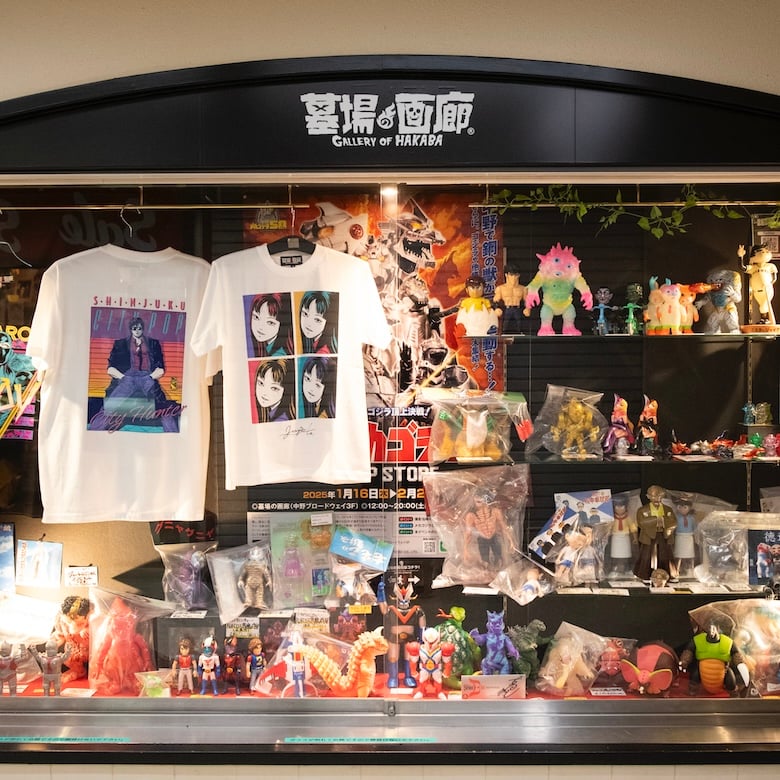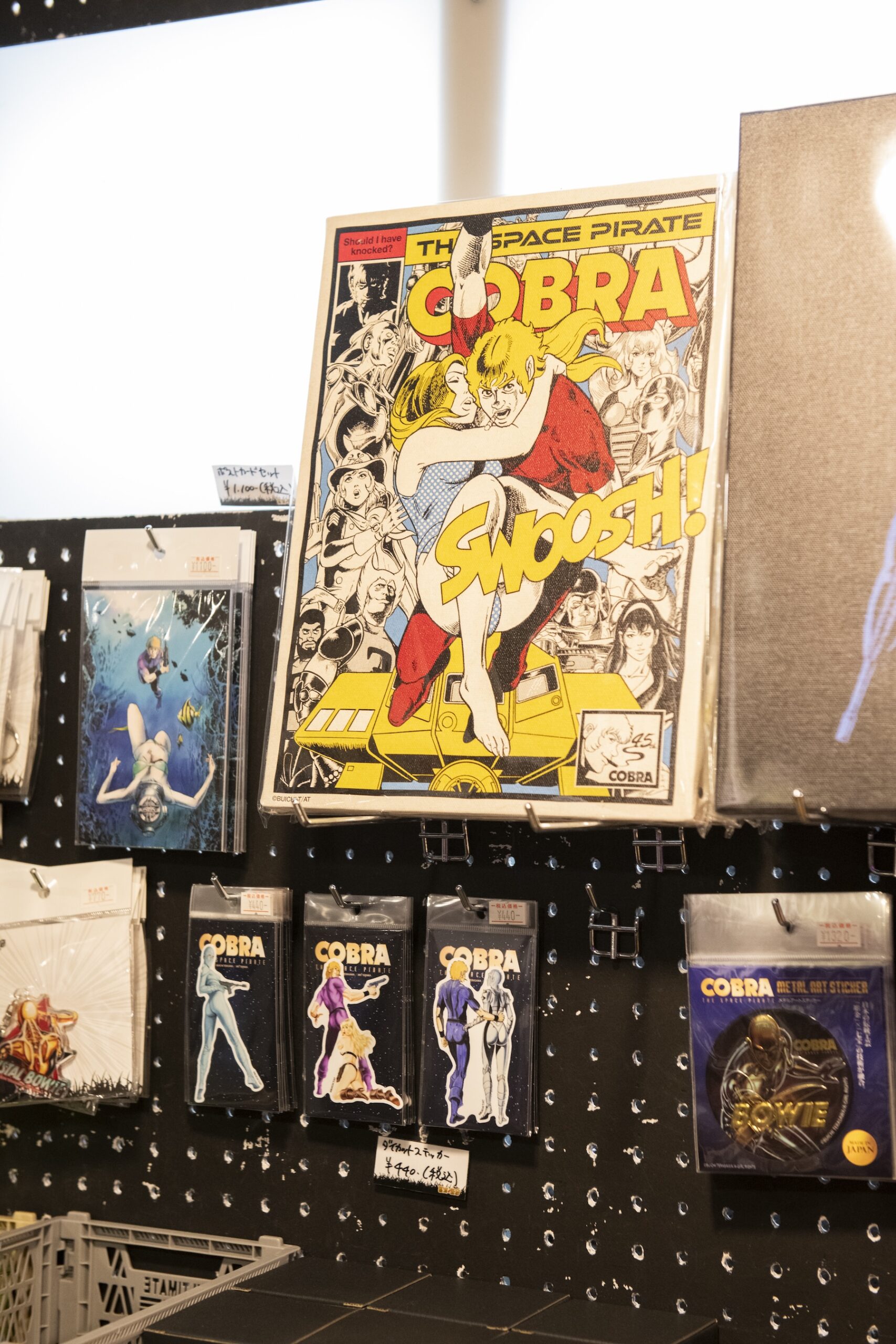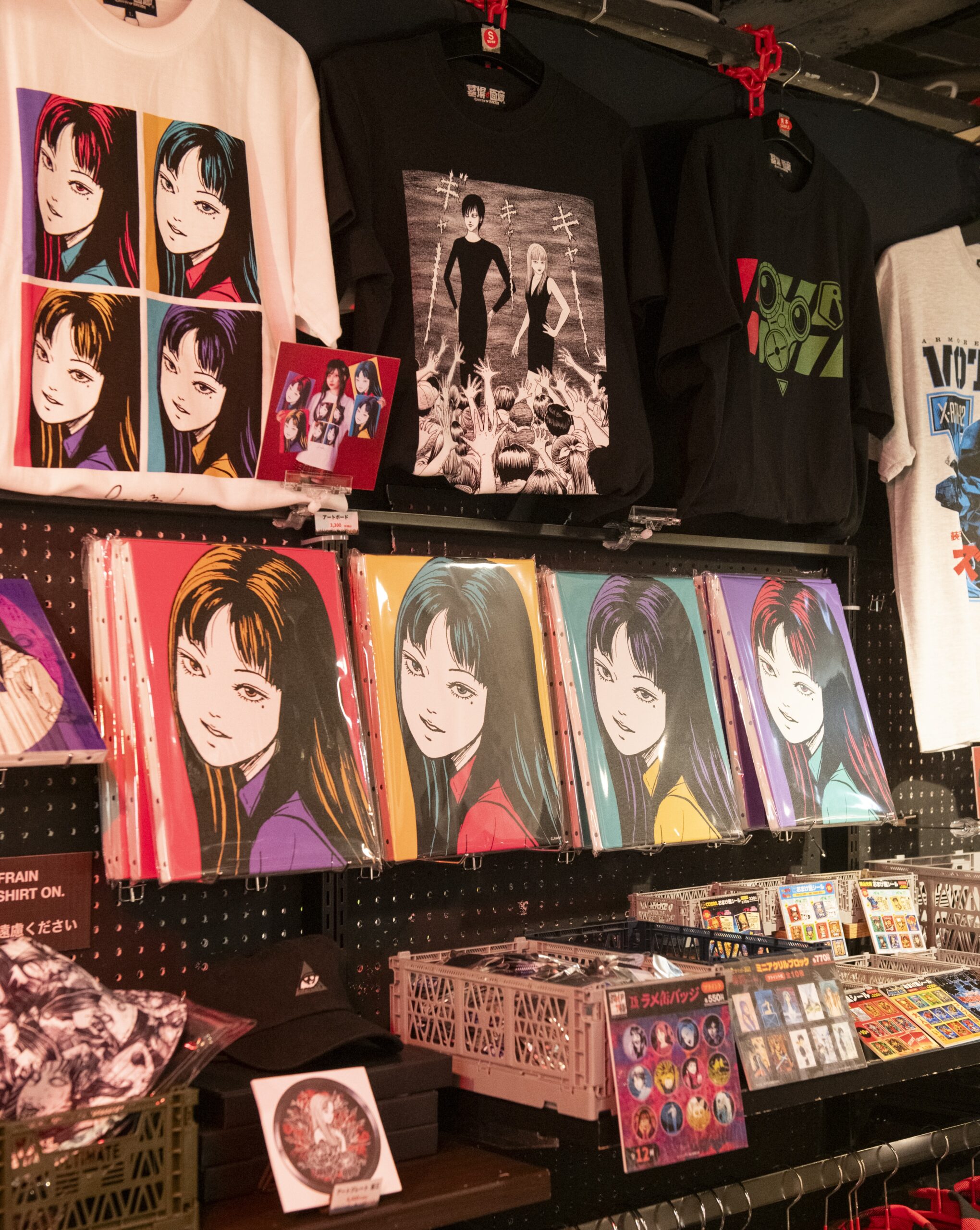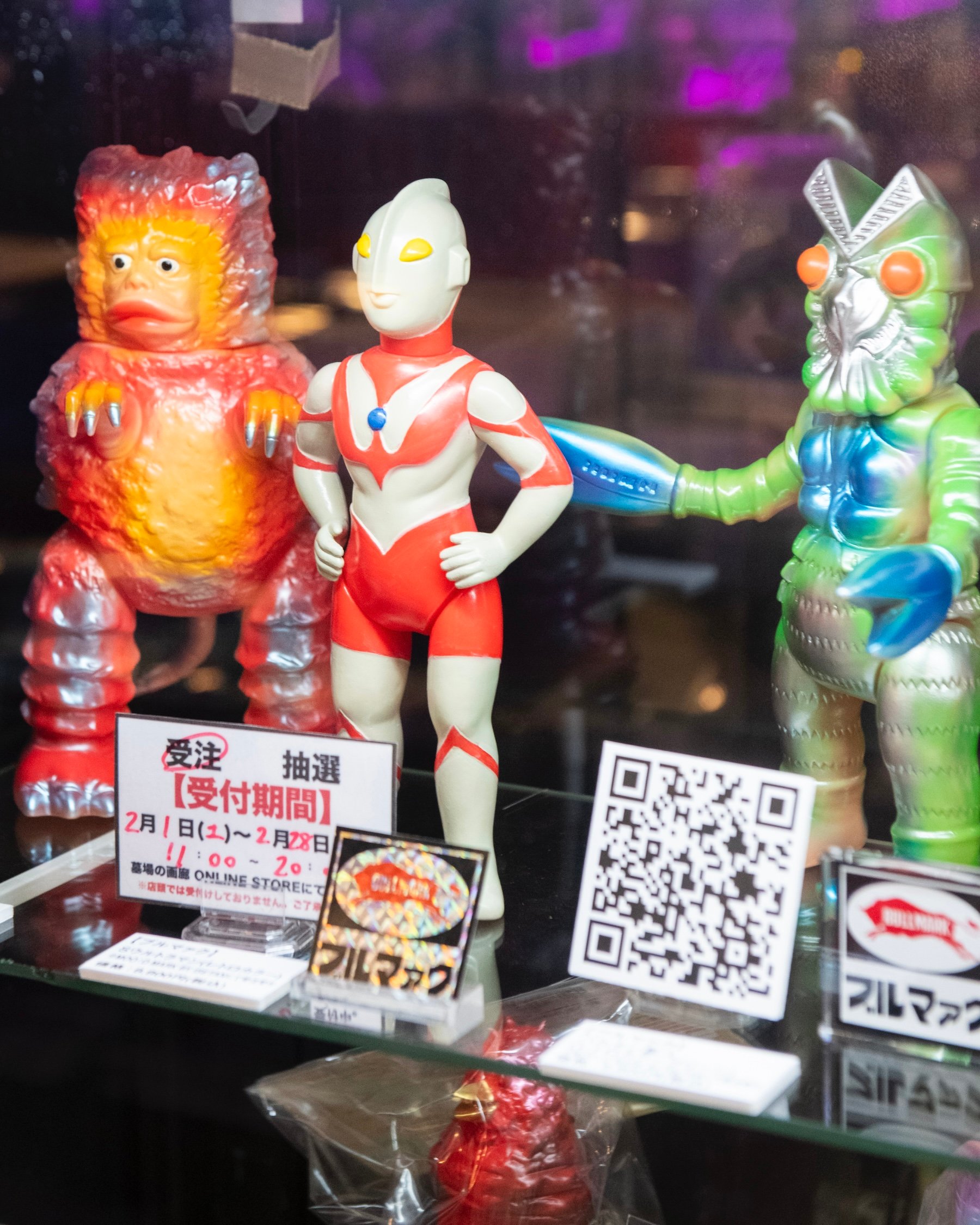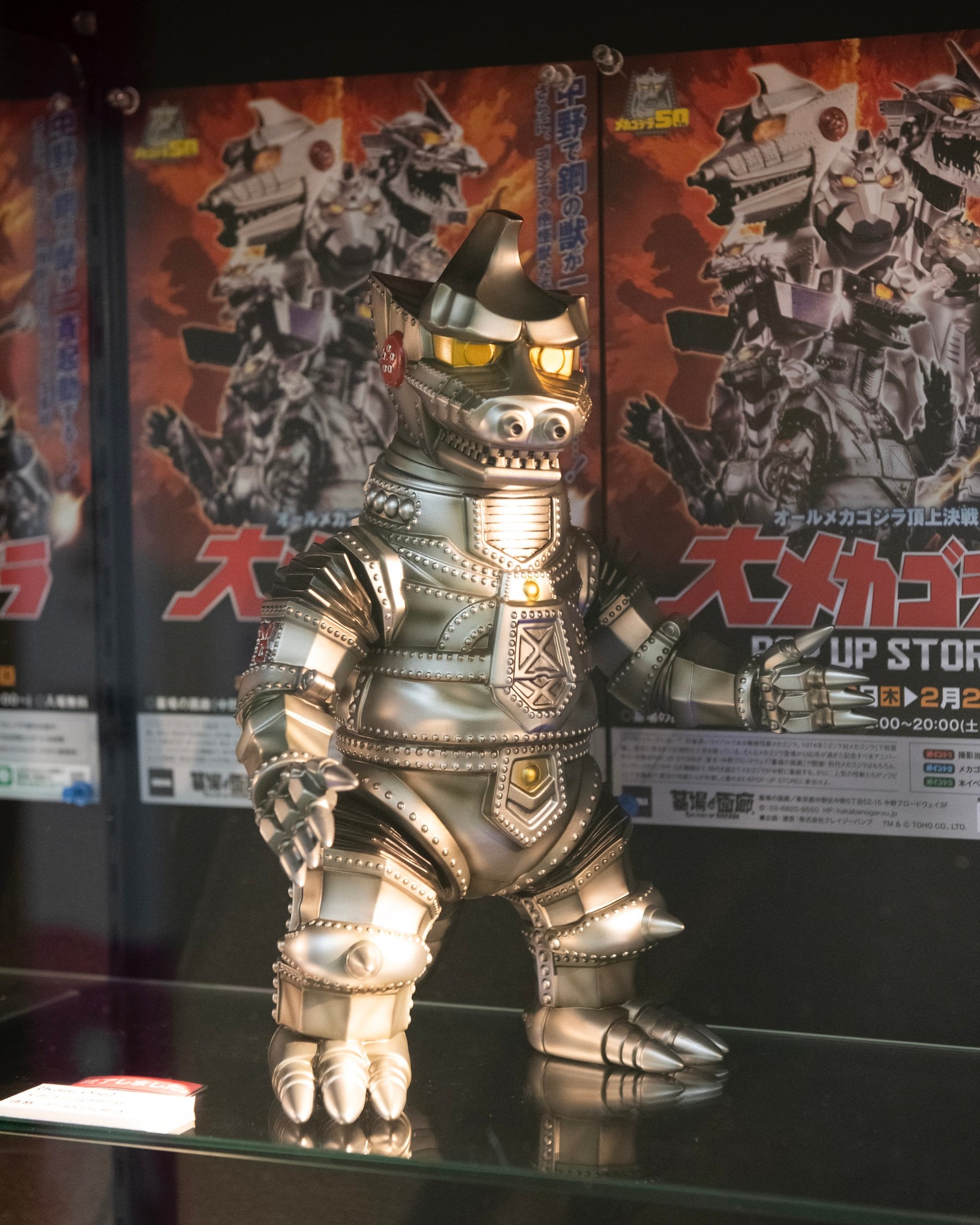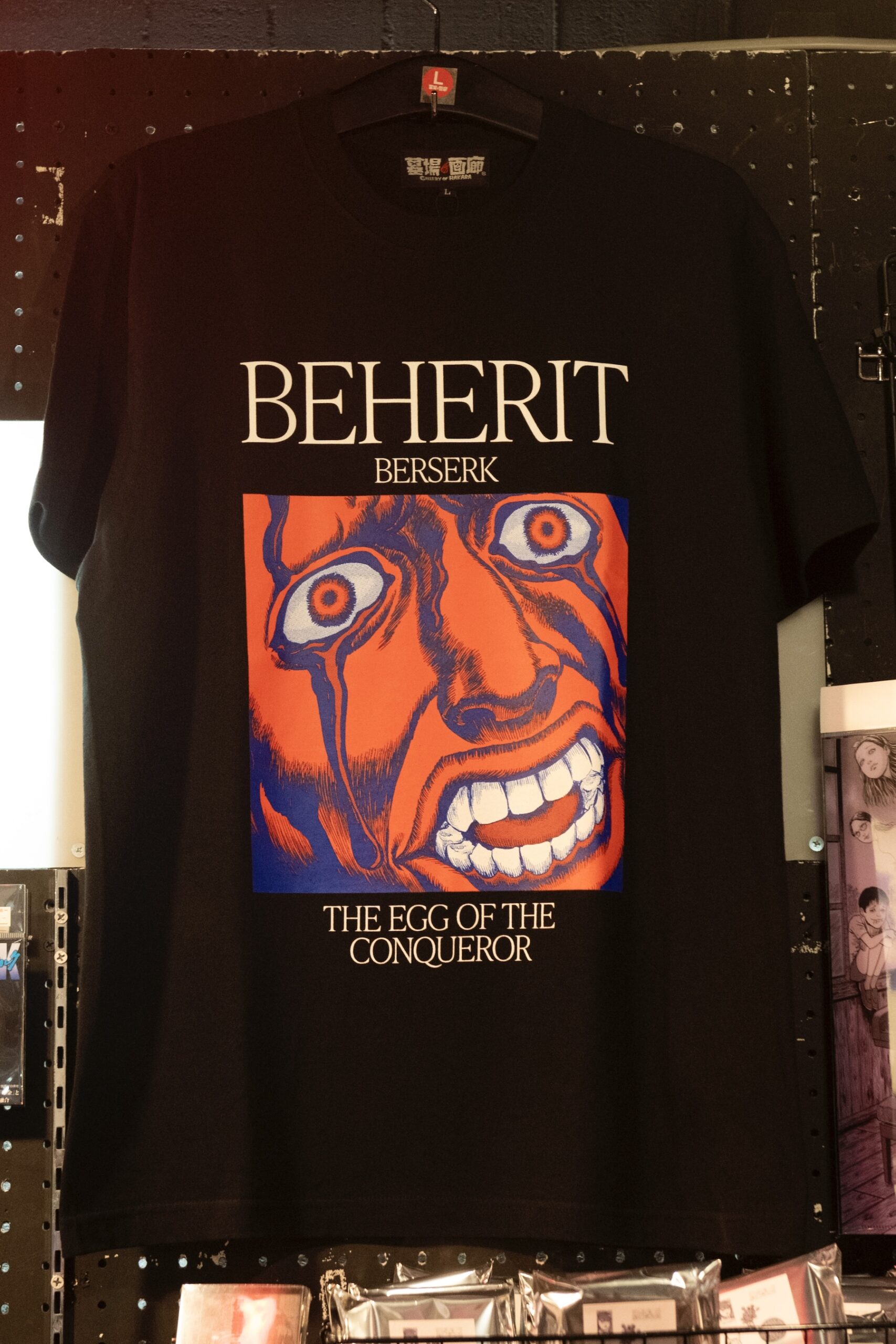CATEGORY
AREA
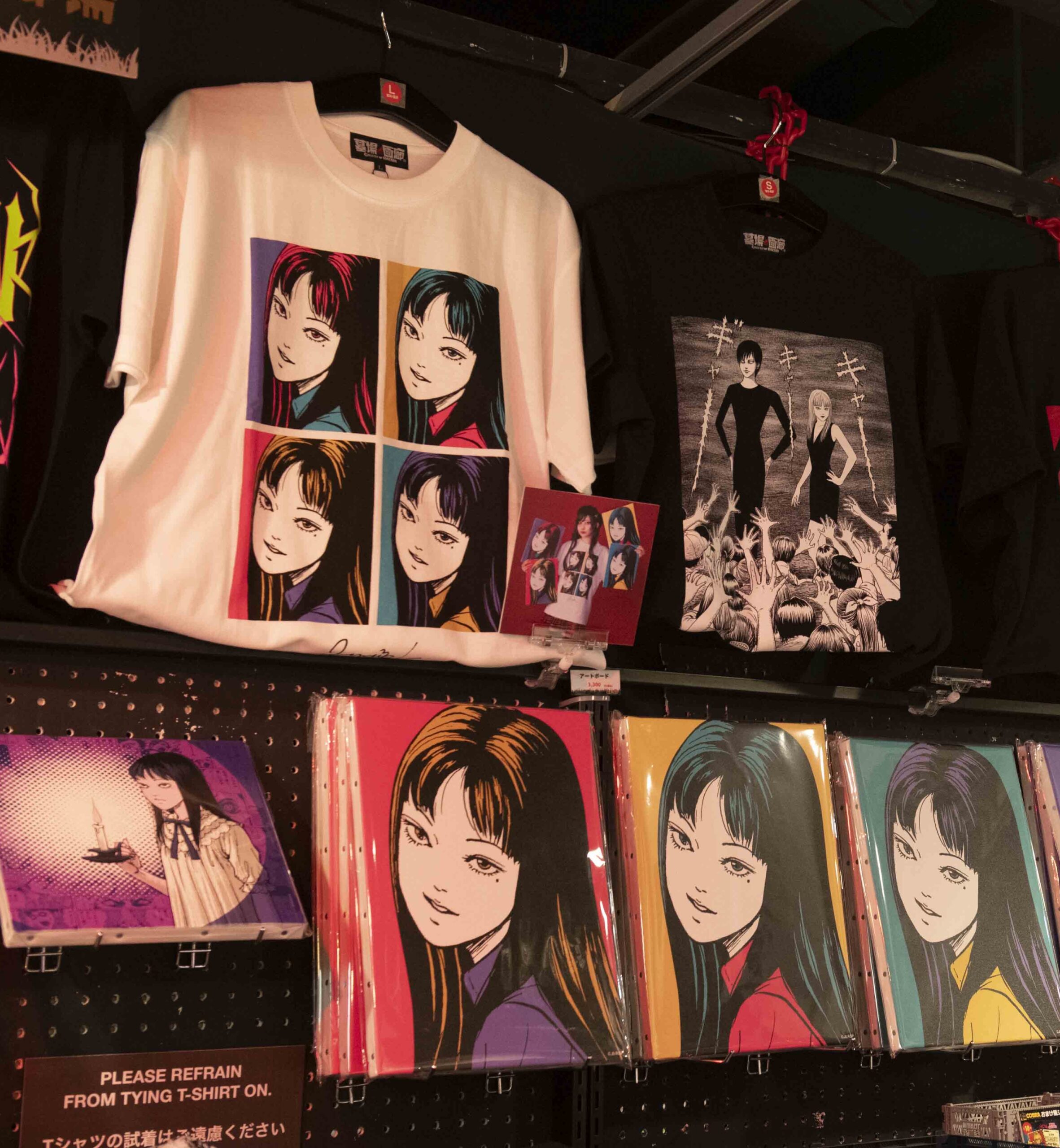
2025.04.02
Japanese anime, manga, tokusatsu (Japanese live-action special effects), and games from the 60s-80s are making a global comeback. At "Hakaba no Garou" (Graveyard Gallery), located in the subculture mecca of Nakano Broadway (a shopping complex in Tokyo), passionate fans from around the world visit to acquire fascinating original goods. We've unraveled the aesthetics, philosophy, and cultural reasons behind this "reappraisal."
Works by creators like Osamu Tezuka and Go Nagai, tokusatsu series like "Godzilla," "Ultraman," and "Kamen Rider (Masked Rider)," and anime such as "Space Battleship Yamato" and "Mobile Suit Gundam" – the origins of currently ongoing popular franchises lie in the 60s-80s. These works possess a “timeless appeal.”
"At 'Hakaba no Garou', while being conscious of the historical context, we prioritize the 'universal charm' of these works beyond mere nostalgia," says Ayako Tomoda from CRAZY BUMP inc.'s planning and sales department, who runs "Hakaba no Garou". "We value the perspective that new works created now are always built upon the context of past works, delving deeper into their essential messages and artistic value to help audiences enjoy them from multiple angles. We aim to introduce their appeal to new generations by reinterpreting past works from a modern perspective."
"Hakaba no Garou," where you can experience the charm of Japanese anime and manga, mainly from the '60s to '80s
The exhibition commemorating Go Nagai's 50-year career at "Hakaba no Garou" proves this point. Customers from around the world visited to acquire rare exhibits and goods related to works like "Devilman" and "Mazinger Z."
"Go Nagai's works have had a reputation for being adapted into three-dimensional figures. At 'Hakaba no Garou,' we plan sofubi (soft vinyl) figure exhibitions collaborated with various creators – a characteristic that remains one of our gallery's representative features.
With extensive international fandom, these works by Go Nagai have drawn significant domestic and international attention. 'Devilman' and 'Mazinger Z' continue to release sequels and new iterations, expanding their fanbase without geographical boundaries. Their enduring appeal gives them a unique presence that transcends time and media, ensuring their lasting influence."
Moreover, in a corner dedicated to highlighting the masters' charm from new angles, the store permanently displays goods from creators like Go Nagai, Takeichi Terasawa, Junji Ito, and Kentaro Miura. While some items feature original illustrations, most utilize existing artwork redesigned by "Hakaba no Garou's" talented designers into stylish pieces – generating gravitational pull-through designs innovative enough to impress even long-time fans.
Worldly popular "COBRA" by Takeichi Terasawa
"Tomie," one of the most popular works by Junji Ito, a leading horror manga artist.
The Japanese culture from the '60s to the '80s received even more international attention than domestic recognition. Why is this?
"The 1960s-1980s were a period of explosive growth for Japanese anime, manga, and tokusatsu subcultures, marking a time when Japanese culture was rapidly recognized worldwide. Works from this era possess unique styles and innovative ideas different from Western counterparts, and their influence continues today.
Internationally, the non-uniform genre diversity, the delicate balance of being child-friendly yet enjoyable for adults, and the distinctive visual expressions and meticulous craftsmanship appear fresh and are highly appreciated."
The "Great Mechagodzilla Exhibition" was taking place at the time of the interview.
The so-called Showa subculture has a "matured special quality" unique to that era, in that unlike today's age of the Internet and information overflowing, information was only accessible through limited media and physical spaces.
"While the works from this period show trial and error in technique and expression, they also show a lot of free expression that tries to go beyond existing frameworks. They strongly reflect experimental art and the spirit of counter-culture and contain many primitive elements in modern works. I believe that these continue to have an impact on many enthusiastic fans."
The unique color sensibilities and line touches, reminiscent of pop art, are strongly embraced by international fans.
"Many works contain subtle perspectives on life and death, underlying historical contexts. Compared to modern high-context, multi-layered anime, they are more straightforward, emotional, and universally charming. Their 'cult' appeal and 'rebellious spirit' within their historical context appear fresh to international fans, particularly resonating through their universality and emotional dimensions."
A masterpiece of dark fantasy, "Berserk," popular mainly in North America and Europe.
While famous works often receive attention, numerous hidden masterpieces remain buried. "Hakaba no Garou" aims to unearth these works.
"We pride ourselves on playing the role of 'gravediggers,' actively bringing attention to works with devoted fan bases that have been overlooked for various reasons. By leveraging 'Hakaba no Garou's' scale and stance, we can contribute to generating renewed appreciation through our grave-robbing approach to highlighting hidden masterpieces."
A prime example is "Redman," a project we undertook around the same time as the launch of "Hakaba no Garou."
"Red Man" is a tokusatsu series produced by Tsuburaya Productions in 1972. A niche work with a sharp, cult-like appeal, it went viral after being uploaded to Tsuburaya's official YouTube channel in 2016, coinciding with "Hakaba no Garou's" opening and prompting a rapid exhibition that generated significant buzz.
Red Ass Exhibition" Image courtesy of CRAZY BUMP
"By today's standards, it’s an unusually violent tokusatsu hero series with a fast-paced, radical narrative condensed into five-minute episodes. Yet, first-time viewers overwhelmingly responded with near-critical acclaim.
The creation of many successor works and the evolving perspectives of fans over the years have contributed to the reevaluation of this remarkable moment. This is a rediscovery of the original appeal of the work, and I am proud that "Hakaba no Garou" was involved in this project as a place to connect fans with the work.
"Streaming services now enable easier encounters between works and viewers, allowing audiences to access their essential charm regardless of historical context. Respecting how all works are rooted in past contexts is crucial for cultural transmission.
This idea is reminiscent of Japan's traditional Obon custom of visiting ancestral graves. Just as we learn about our roots through cemetery visits, we believe deeper exploration of works connected to the present can generate broader developments."
Start by appreciating the masterpieces of the past. Then, immerse yourself in the world of Japanese otaku culture from the 60s-80s.
